Playtime is Quality Time for Dogs
Many types of enrichment can be used to enhance a dog’s quality of life: social (facilitating intra- and interspecies contact), occupational (giving the dog a job), physical (altering the quality and complexity of the dog’s living space), sensory (stimulating sight, sound or smell) and nutritional (feeding via toys such as Kongs).
Enrichment is important for canine well-being because it helps keep dogs in good physical and psychological condition. In this article, I will mainly focus on physical enrichment, particularly on providing dogs with toys, one of the most common ways people attempt to enrich a dog’s environment.
Physical enrichment should offer outlets for positive expression of natural behaviors. For example, providing a Terrier with an outdoor sandbox allows him to engage in normal digging behavior in a manner that is not destructive to property and therefore, more acceptable to his owners or caretakers.
Yes, it’s true: bored dogs can get into trouble. Without enough to keep them occupied, dogs of all types are likely to make up their own amusements; some may be inappropriate, such as barking or biting for attention, raiding the bin, and many other naughty behaviors we wish they wouldn’t do.
GET THE BARK IN YOUR INBOX!
Sign up for our newsletter and stay in the know.
Wild canines face puzzles and challenges every day in their search for food, water and shelter. Since we cover all this for our dogs, they have plenty of untapped brain energy that needs to be channeled appropriately to keep them occupied, happy and well-balanced.
Get a Move On
Exercise is a fantastic way to boost serotonin and endorphin production. Even though not everyone walks their dog regularly, dog walking is a recognized way to increase physical activity/stimulation as well as social interaction, both of which provide benefits for humans and dogs alike.
When a walk isn’t in the cards, a simple flirt-pole game (dragging a toy on the ground in a circle to be chased and tugged by the dog) can be extremely helpful for several reasons:
•It is a work-out for your dog but it won’t wear you out; a few 10-minute flirt-pole sessions will tire your pup.
•It fulfills your dog’s natural prey instinct.
•It’s a way to work on your dog’s response skills. When in a state of high arousal (chasing and tugging), your dog can practice listening to you and cooling off quickly (dropping the toy, lying down) when you ask for it.
•It can be a good way to help your dog relax before you leave her alone for a time.
How to Make a Flirt Pole
1. For a medium to large dog, you’ll need a 4- to 6-foot-long piece of ¾ inch PVC pipe, 10 to 15 feet of rope, and a dog toy
2. Thread the rope through the pipe and tie a knot at either end of the pipe to keep rope from sliding out of place.
3. Tie the toy to the end of the rope.
Optional: Wrap the PVC in fun-colored electrical tape.
Source: notesfromadogwalker.com
Play Time
Mental enrichment has been proven to lower stress levels and improve welfare in shelter dogs. Notably, enrichment appears to have a protective effect against the development of undesirable behaviors. The combination of animate (social interaction) and inanimate (toys, puzzles, scent work) enrichment has shown not only improved behavior, but also has prevented certain behaviors from getting worse.
Providing suitable toys has been proved to lower dogs’ reactivity to environmental stimuli. However, when using toys, it is important to rotate them. Most dogs will lose interest in the same toy after a short period of time—dogs are very similar to kids that way! A simple way to overcome this problem is to put toys away after play, and only present your dog with two or three at a time. Leave them around for a couple of days before removing them and replacing them with others. This way, they retain the power of novelty, one of the most important attractions in a toy!
Research has shown that introducing novel activities and the rotation of enrichment reduces the decline in interest (habituation) that can occur as a result of repeated exposure. Indeed, in one of these studies, a bacon bubble machine and a playhouse—both novel to the dogs—resulted in the greatest behavior changes.
When novel-object preference in dogs was examined, an unfamiliar object was chosen in 38 out of 50 tests, suggesting a strong preference for novel over familiar items. Neophilia (enthusiasm for what is new or novel) may be an adaptive trait that helped dogs become domesticated.
In addition, by replacing or rotating toys frequently, dogs in both shelter and home environments receive the added benefit of more human contact.
Toy Safety
When providing your dog with a new toy, always select the correct size; an item that is too small can lodge in the throat or be swallowed. Ensure that there are no small parts that can be removed and become choking hazards or, if swallowed, that could create blockages in the intestines. Supervise initial interactions with all toys and check them periodically to make sure they are still safe. Some dogs can become protective of toys. If that happens, consider consulting a suitably qualified behaviorist to deal with this situation.
Types of Toys
Depending on the purpose they serve, a distinction can be made between two types of toys: ones used to play with others (social toys) and ones to play with alone (solitary toys).
Social Toys
Regarding the popular tug-of-war game, I would like to address some common misperceptions. We are often advised to never let our dog win a tug game. So far as I am concerned, research does not show that dogs become more pushy or aggressive when allowed to play tug and win. Having said that, tug is not a game that I would recommend if a dog has already shown a tendency to want to control items by means of growling or snapping.
Here are three rules I suggest you train your dog to observe when playing tug so as to keep it safe and fun:
1. You can only take it when I tell you.
2. You must give it to me when I ask you.
3. You may not put your teeth or paws on me when playing
Some dogs are simply not interested in tugging, and that’s fine, too!
Solitary Toys
In addition to the stimulation that a dog gets from interacting with a toy, chewing releases feel-good chemicals in the brain, which keeps dogs happy, busy and using up energy. As such, chewing is a tool that dogs have at their disposal to self-medicate for anxiety, boredom and/or stress. These feel-good, opiate-like chemicals produce a sense of euphoria and calmness in response to external stimuli. On the list of solitary toys are:
•Chews, such as rawhide (never cooked rawhide, which can splinter and cause perforation of the gut.) [Ed. Note: Look for all-natural rawhide chews made in the U.S., size the chew to the dog, keep an eye on the dog while she’s chewing and dispose of the chew when it’s small enough to be swallowed.]
•Food-dispensing balls, probably the most useful group of toys for solitary play. The dog rolls them around to release food.
•Food pyramids and cubes, such as Kong, Squirrel Dude and Buster Cubes. During the summer months, freeze a Kong stuffed with wet dog food, pieces of meat floating in stock or vegetables covered with some water. (A word of advice: make sure you seal the Kong’s openings with some cheese and place it in a Ziploc bag to keep it separate from other foods in the freezer.) Puppies, who usually need additional entertainment and appropriate direction when it comes to chewing, can be fed their entire meal with these toys.
•Toys that need to be chewed and manipulated, such as the Everlasting Treat Ball and the Orka toys.
•Also, squeaky toys, soft furry toys and treat puzzle games. Puzzles from Nina Ottosson and the Aikiou brands are particularly recommended for your bright and active puppy.
If your dog needs encouragement, make the toys more appealing by rubbing something tasty on them, such as paté or peanut butter.
When you first introduce your dog to these toys, make it easy for her to obtain the treats, then gradually increase the difficulty so that your dog learns how to work persistently to extract the food. Otherwise, your dog may get frustrated, leading to the opposite of what we intend to do through enrichment and stimulation.
DIY Toys
No need to spend zillions on toys—you can make them yourself! For example …
•Scatter your dog’s food in the yard or around the house instead of feeding her from a bowl. This will encourage her to spend more time eating and exercising her natural feeding behaviors. You can help your dog by pointing to the place where the food is hidden. (Recent data indicate that when it comes to the complex social cognition required to understand long-distance signals, dogs are significantly more similar to humans than chimpanzees and wolves are.) Assuming the dogs don’t have resource-guarding issues, scattering food may also work well in multi-dog households, as dogs have shown they are able to communicate information about hidden resources to other dogs.
•Put dry food inside an empty plastic water bottle (always remove small components such as labels and lids).
•Nest different-sized cardboard boxes (with all staples and tape removed) inside each other, then put a treat in the smallest box.
•Solid cardboard tubes with a few holes turn into exciting food dispensers.
•Hide dry food inside crushed newspapers, toilet paper tubes, egg cartons, boxes from cereals and so forth.
•Hide dry food inside a twisted towel or strong cloth.
•Twist and knot a strong towel or cloth to serve as a tug toy.
•Ropes, rope toys and balls are all inexpensive and safe ways to enrich a dog’s environments.
Music
Finally, I would also like to make special mention of music as sensory enrichment. Commercially available classical music CDs for companion animals have been developed because, although the mechanism underlying this effect is not well understood, studies show that classical music reduces stress levels and increases resting and sleeping in dogs.
While auditory stimuli may be enriching, its use depends on how your dog reacts to it. The sound should not be on all the time (they need a break from it), and volume should be kept low. What is most important is that the sound is tailored to the needs of your dog as much as possible. Many sounds that are pleasant to humans may be displeasing or distressful to dogs. Nevertheless, most of the time, a selection of gentle classical music, soft pop or call-in radio shows will do the trick of keeping your dog in good company, stimulating her senses and lowering stress levels.
Words of Advice
As with anything in this life, too much or too little will not do the trick. Beware of overstimulation. While stimulating your dog mentally and physically is the goal, overstimulation may increase stress levels. (Think of a ball-obsessed dog—Border Collies come to mind—bringing his favorite toy and dropping it at his person’s feet over and over again with no off-button.) Individual preferences and circumstances must be kept in mind. Spend time identifying things that your dog finds motivating or reinforcing, and adjust playtime routines before your dog reaches her frustration level.

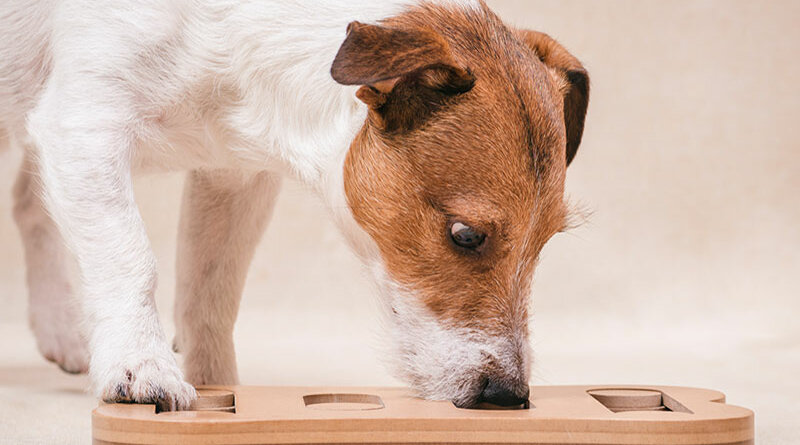
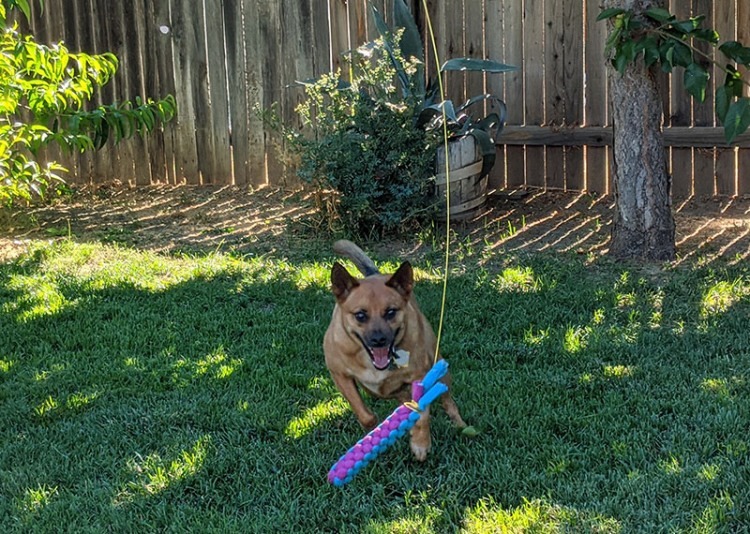
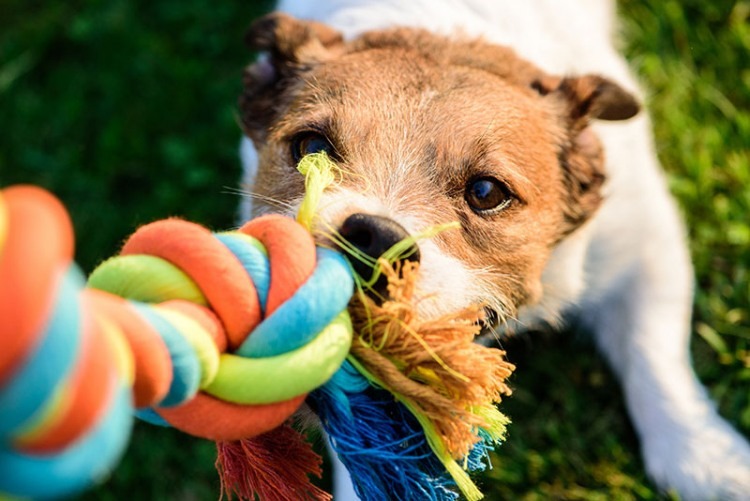

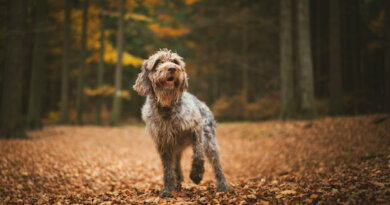
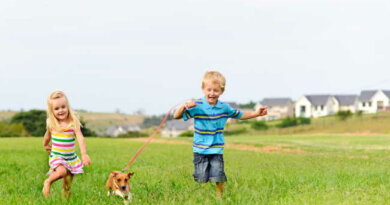
Konsekvensene kan virke skremmende, men det finnes alternativer. Cialis er et kan til a behandle erektil dysfunksjon og er tilgjengelig fra lege.[url=https://utenreseptinorge.blogspot.com]Cialis[/url]
[url=https://albuterol.africa/]albuterol generic[/url]